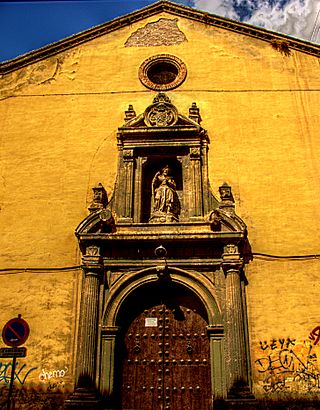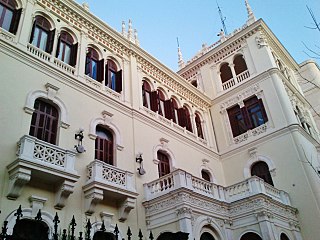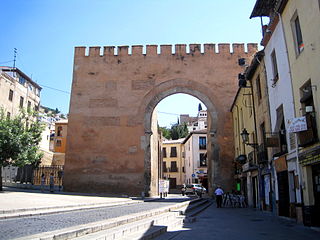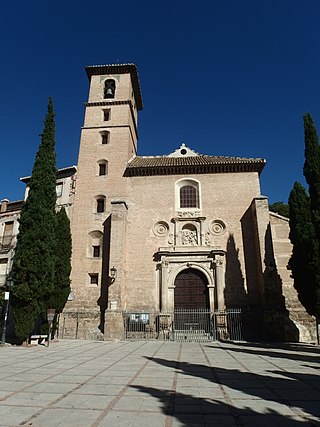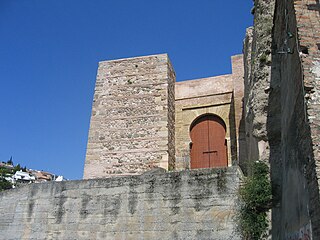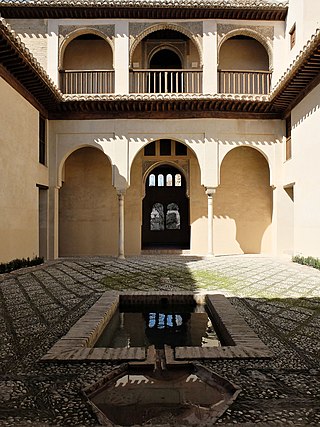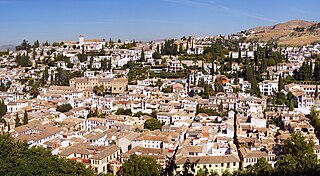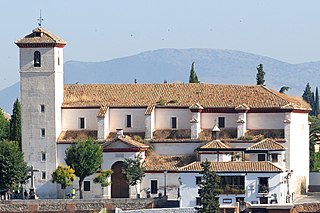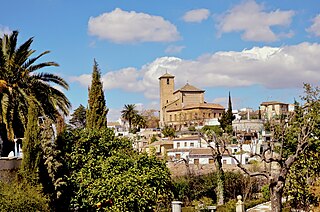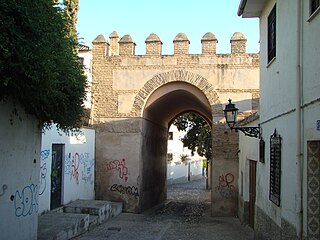Self-guided Sightseeing Tour #2 in Granada, Spain
Legend
Guided Free Walking Tours
Book free guided walking tours in Granada.
Guided Sightseeing Tours
Book guided sightseeing tours and activities in Granada.
Tour Facts
3.3 km
89 m
Experience Granada in Spain in a whole new way with our free self-guided sightseeing tour. This site not only offers you practical information and insider tips, but also a rich variety of activities and sights you shouldn't miss. Whether you love art and culture, want to explore historical sites or simply want to experience the vibrant atmosphere of a lively city - you'll find everything you need for your personal adventure here.
Activities in GranadaIndividual Sights in GranadaSight 1: Iglesia de Santiago
The Church of Santiago is a Catholic church in the Spanish city of Granada. Currently, it is the Sisters of Domestic Service who are in charge of the church.
Sight 2: Iglesia de San Andrés
The Church of San Andrés is a Roman Catholic church in the Spanish city of Granada.
Sight 3: Palacio Müller
The Müller Palace is a building in Granada built in 1915 by the architect Ángel Casas Vílchez commissioned by the Müller family.
Sight 4: Puerta de Elvira
The Gate of Elvira is an arch located in Granada, Spain. It was declared Bien de Interés Cultural in 1896. It is located at the beginning of Calle Elvira, on the edge of the Albaicín neighbourhood.
Sight 5: Iglesia de San Ildefonso
The church of San Ildefonso is a church in the Spanish city of Granada, Andalusia.
Sight 6: Monaita Gate
The Monaita gate, in Arabic bab al-Unaydar, whose translation would be Puerta de la Erilla, also known as Puerta de la Alhacaba, was one of the oldest accesses in Granada, and the main one to the Qadīma citadel or Antigua citadel, in the Albaicín neighborhood.
Sight 7: Palacio de Dar al-Horra
Dar al-Horra is a former 15th-century Nasrid palace located in the Albaicín quarter of Granada, Spain. Since the early 16th century it was used as part of the Monastery of Santa Isabel la Real. It is now a historic monument.
Sight 8: Aljibe del Rey
The Aljibe del Rey in the Albaicín district in Granada, Spain is a cistern dating from the 10/11th centuries. Built by the Nasrid rulers to provide water to their palace complex, al-Qaṣaba al-Qadīma, it is the largest cistern in the district. The aljibe is now managed by the AguaGranada Foundation and the attached carmen (house) contains an interpretation centre. The aljibe is open daily.
Sight 9: Albaicín
Get Ticket*The Albaicín, also spelled Albayzín, is a neighbourhood of Granada, Spain. It is centered around a hill on the north side of the Darro River which passes through the city. The neighbourhood is notable for its historic monuments and for largely retaining its medieval street plan dating back to the Nasrid period, although it nonetheless went through many physical and demographic changes after the end of the Reconquista in 1492. It was declared a World Heritage Site in 1994, as an extension of the historic site of the nearby Alhambra.
Sight 10: Iglesia de San Nicolás
The church of San Nicolás was built in Mudejar style in 1525 and is located in the historic Albaicín district of the Spanish city of Granada.
Sight 11: Iglesia de San Cristóbal
The Church of San Cristóbal is a Roman Catholic church in the Spanish city of Granada.
Sight 12: Puerta de Fajalauza
The Fajalauza gate, Arabic bab Fajŷ al-Lawza, which translates to Gate of the Collado de los Almendros, was the entrance to the highest part of the Albaicín in Granada, Andalusia, Spain.
Share
How likely are you to recommend us?
Disclaimer Please be aware of your surroundings and do not enter private property. We are not liable for any damages that occur during the tours.
GPX-Download For navigation apps and GPS devices you can download the tour as a GPX file.
